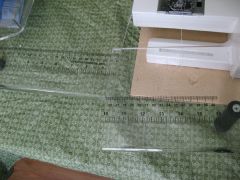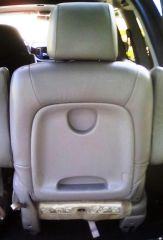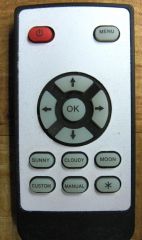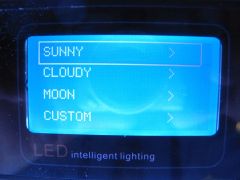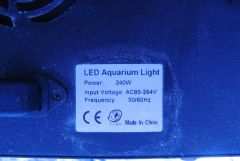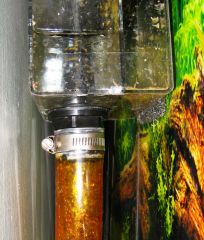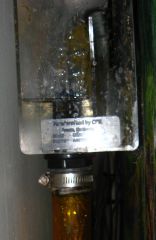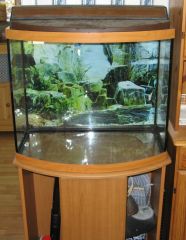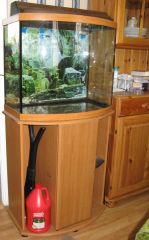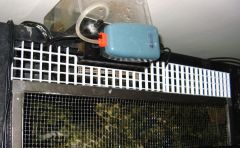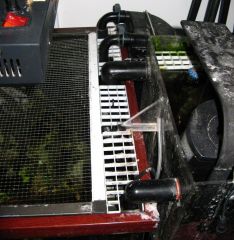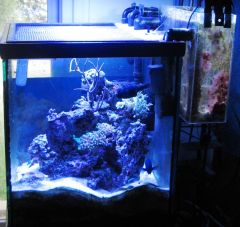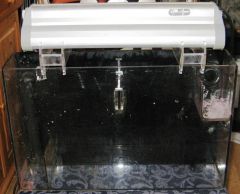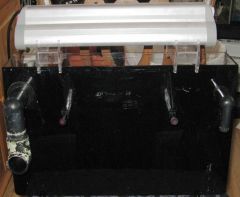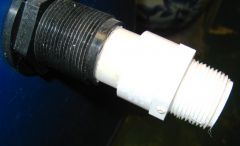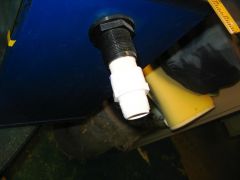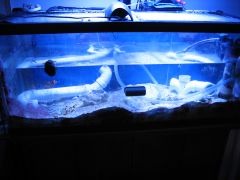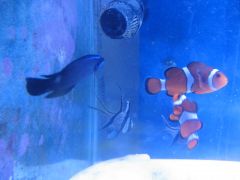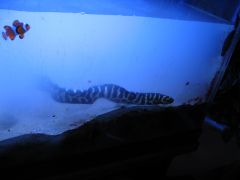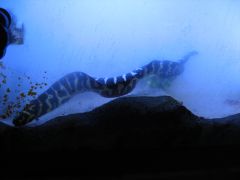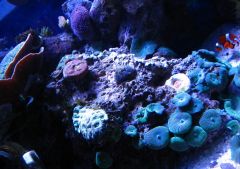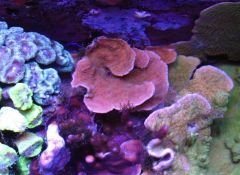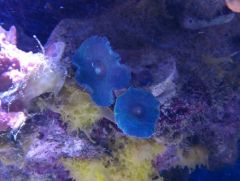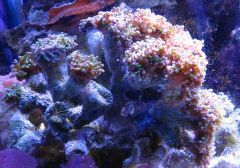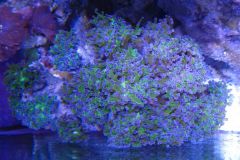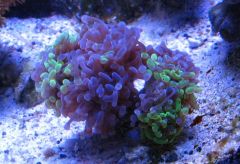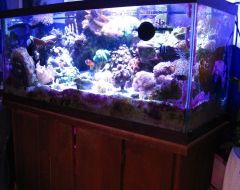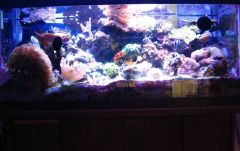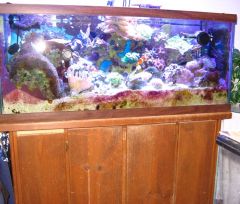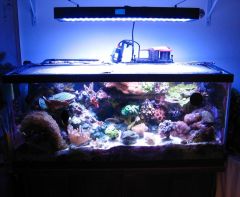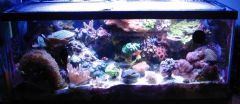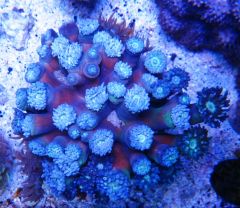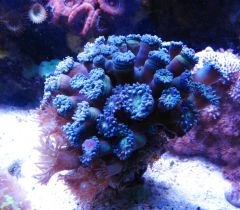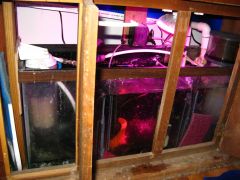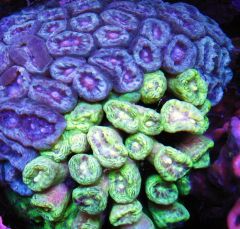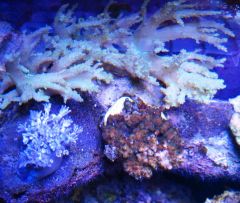-
Posts
1,821 -
Joined
-
Last visited
Content Type
Profiles
Forums
Gallery
Events
Store
Everything posted by LCDRDATA
-
Something I might have done
-
I've tried, but haven't had any luck. Maybe I'm not using the right search terms or looking in the right places, but "Caribbean / St. Thomas" is about the level of detail I can find (which really isn't any help).
- 11 replies
-
- virgin islands
- usvi
- (and 7 more)
-
You're very welcome. We had a trip planned several years ago that we ended up having to cancel at the last minute, and this is the first chance we've had to try again. I just hope I can find those mushrooms ...
- 11 replies
-
- virgin islands
- usvi
- (and 7 more)
-
I think I'm moving Buck Island up the list. I've seen a couple listings for tours there from St. Thomas, although I think those are via boat vs. seaplane. Virgin Gorda is sounding better, too. Any ideas on where to find those mushrooms? Thanks!
- 11 replies
-
- virgin islands
- usvi
- (and 7 more)
-
It sounds like the Baths might be worth braving the tourist crowd for.
- 11 replies
-
- virgin islands
- usvi
- (and 7 more)
-
My wife and I are going to be vacationing in the US Virgin Islands in early May and are looking for opinions / experience of the best locations for snorkeling (or places to avoid). We're staying on St. Thomas (near Coki Bay) and plan to make at least one one day trip to St. John, possibly one to Buck Island, and probably one day trip to the British Virgin Islands. We've got the typical travel books and done some looking on line but would like some advice from experienced folks on the best places to snorkel. We're planning to operate mainly from the shore / beach vice a tour operator's boat, unless there are places (such as Buck Island) that we can't get to any other way. In particular, I used to have St. Thomas mushrooms in two of my tanks (courtesy of Jan's group buys), and would like to see them in the wild. I would also like to see sea horses and gorgonians. So if anyone knows good places where those could be found, that would be especially appreciated. Thanks in advance!
- 11 replies
-
- virgin islands
- usvi
- (and 7 more)
-
I've had clownfish host in a large frogspawn, in a discoma mushroom colony, in a duncan coral (that I eventually had to move to another tank because the clowns bothered it so) and even in a mass of dragon's breath macro algae.
-
-
From the album: Equipment
Broken acrylic sewing machine table -
So, is this "super special water" supposed to be good for drinking (alleged health benefits, etc) or for your tank(s)? And how did this guy come to be the "exclusive" vendor of this wonderful stuff?
-
Makes me wish (more) that I had a tank to use them on!
-
I've sold a few tanks on Craigslist and have not run into this phenomenon. However, they've all been standard sizes, fairly small (the largest being a 55) and pretty inexpensive, so it probably wasn't worth trying to get me to bite on the "magic water."
-
-
-
-
I used to have an alien eye chalice that grew so fast I was constantly fragging it.
-

Seth's 70G Starphire Leopard Wrasse Sanctuary
LCDRDATA replied to sethsolomon's topic in Dedicated Tank (Build) Forum
That's always the hard part, isn't it? -
I don't remember which of your threads discusses it, but I seem to remember reading that part of your general tank maintenance procedure includes periodically stirring up all the detritus and loose junk and vacuuming it out with a diatom filter. Feel free to correct/clarify if my memory is off (as if you'd need my permission ). My point is, I think many/most of the objections to your defense of mulm would stem from the potential increase of nitrate/phospate levels, etc. and a (mis-)perception of the holistic approach you're taking. I'm going to guess that you lose some mulm when you do your cleanings, but it's probably welded together well enough that you don't lose too much. So the junk that remains an active component of the various nutrient/food cycles in the tank becomes mulm, and the stuff that doesn't gets removed at intervals such that it doesn't become a "problem." And it seems to me there's an important distinction between mulm and general crud buildup from inadequate maintenance/poor husbandry - which I must admit is something not entirely unknown in my own tanks on occasion. So perhaps not a good idea for those unwilling or unable to draw that distinction and stay on top of it, but otherwise something worth considering, if that makes sense.
-
My wife used to volunteer at the National Zoo's small mammal house. Down in the area where they prepared the different diets for all the various critters, there was a big bank of stainless steel refrigeration units - and off to one side, one with one door labeled, "Human Food."
-
-
-
From the album: Data's DT
Group shot of several remaining fish (clowns, cardinals, dottyback)© James N. Dart
-
I'd second the recommendation for pocillipora and montipora. Monti digitata will give you more of the branching look I think you want, but tend to be fragile, at least in my experience. I've personally never had good luck with birdsnest corals, but that could just be me. Heliopora would be another possibility, and there's a SWAP thread for that. Having said that, I think it is/would be a mistake to try to keep horseshoe crabs with any of these. Their respective temperature requirements aren't really compatible, as the horseshoe crabs like significantly cooler water. If you try to keep both horseshoes and these corals in the same tank one or the other -- or both -- are going to be stressed and unhappy.



